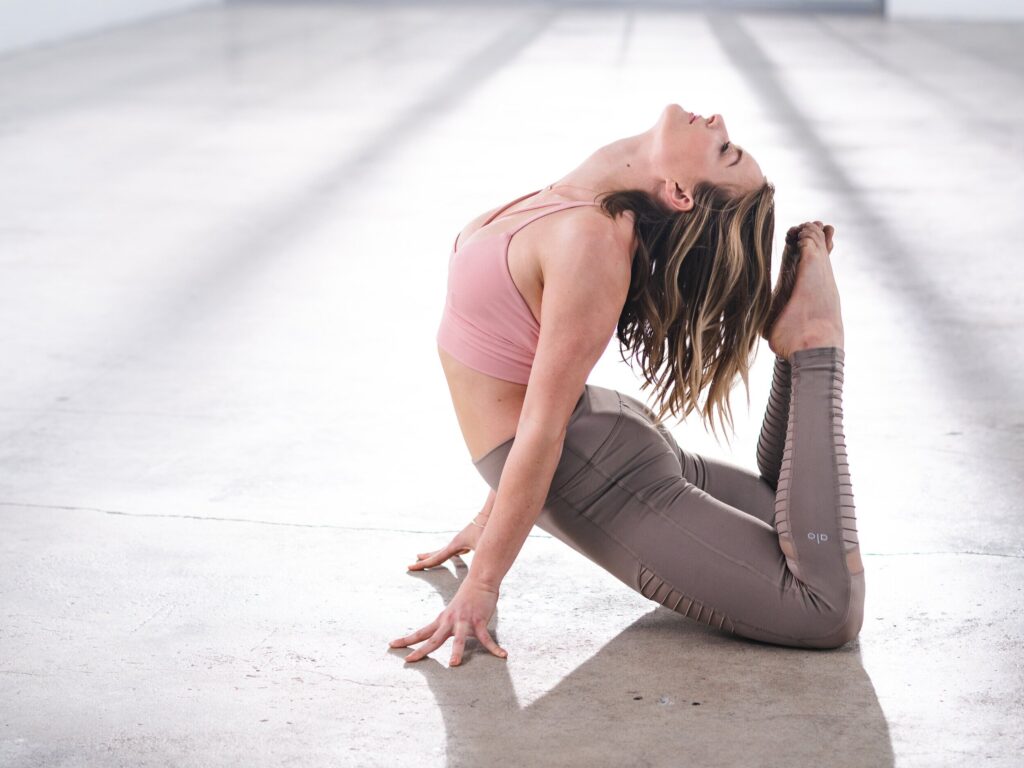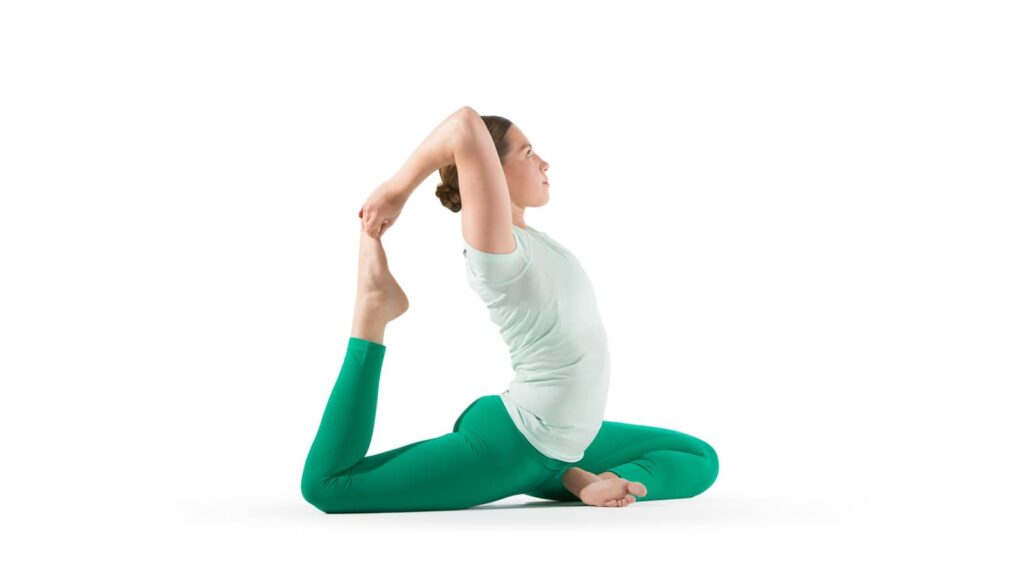Last month, we focused on the use of language in yoga classes regarding cultural appropriation.
This month we are going to explore the use of gendered language in a yoga class and how this can be looked at to make sure everyone feels included.
Do we still require gendered yoga terms and poses? Would separate classes for men and women be beneficial? In some form, we hope to respond to those questions today.
Do we still require gendered yoga terms and phrases?
Yoga is about unity, and being a safe space for everyone to feel comfortable within their own bodies. An article from YogaWild, suggests a few simple ways to avoid this one type of issue in a yoga environment. Here are a few notable ones:
- Apply caution when teaching and theming around “masculine and feminine” energies.
- Avoid generalizations about male and female bodies when teaching.
- Refrain from publicly asking students about ‘problems’ with their bodies.
- Be more sensitively aware with conversations based on “accepting” one’s body or “feeling at home” in one’s body.
Would separate classes for men and women be beneficial?
According to one article, separate yoga classes for males would make their overall experience more enjoyable. Our bodies in many ways are similar. But, in other ways, there are inherent physical differences in body shape and structure. This means it requires different poses and positions to target each body’s needs. Yoga teachers, Michael Gould and Rad Kiam consider the idea, that psychologically, it may be beneficial for getting men more involved in yoga if they are surrounded by familiar body types like themselves.
Note from Hannah: Traditionally some poses are called “King pigeon, King dancer, King cobra” etc as direct translations from Sanskrit. The “king” asana is the final or top expression of a pose, this is gendered terminology- is this a problem? I continue to use and teach these poses with these names- yet it’s worth noting- do we need to use gendered terms like this in pose names?



English versions of pose names- such as “superman” we are encouraged (rightly) to refer to as “superhuman”, rather than using the male as default- this is different in my eyes to the final pose expression being “king”. This article is more about raising questions or looking at the habitual language, rather than definitive answers.
The aim is for every person to feel comfortable and accepted in a yoga class, looking at the language we use and how this may make a person feel and how we arrange classes to make everyone feel respected and equal.
Conclusion
Yoga is for everybody. Debates around gender are currently very relevant and heavily debated. However, one thing that we can do ourselves is to ask ourselves if we’re doing everything to make all genders feel comfortable. For starters, there needs to be an emphasis on avoiding Misgendering. One way to do this is to completely eliminate the use of gendered terms and phrasing in the yoga classroom. The next step is to consider introducing more separate classes, including more classes aimed at males, to help get more people involved in yoga.

